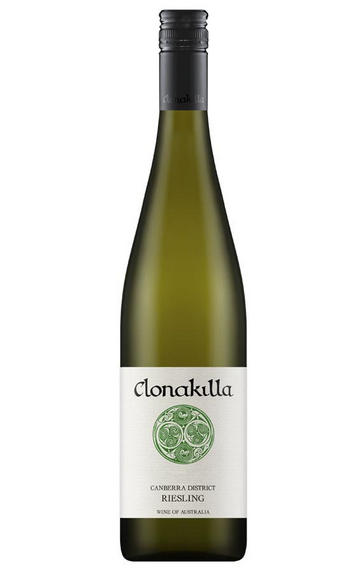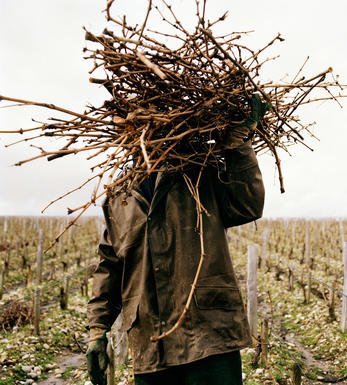
About this WINE

Clonakilla
Clonakilla was established in 1971 by John Kirk, a Canberra based research scientist of Irish descent. He bought a 44-acre farm near the village of Murrumbateman in New South Wales, 40 kilometres north of Canberra.He named the property Clonakilla (`meadow of the church') after his grandfather's farm in County Clare. He proceeded to plant 1.2 acres each of Cabernet Sauvignon and Riesling. and a further 1.2 acres of Shiraz, Chardonnay and Pinot Noir in 1972.
In 1996 John's son Tim left a career in school teaching to work full time in the family business as winemaker and general manager. In 1998 Tim and his wife Lara bought the 50-acre property next door and planted Shiraz and Viognier as well as a small olive grove on the warm north-east facing slope.
Clonakilla's speciality is their Northern Rhône blend of Shiraz with a touch of Viognier. This exquisite blend is most famously put to use in Côte Rôtie. The Hilltops Shiraz is a recent addition and is produced from fruit selected from three vineyards around the town of Young in New South Wales and displays all the character you would expect from a top Australian Shiraz with this producer.

Canberra District
The Canberra District is an emerging and rapidly growing winemaking region in southeastern Australia, surrounding the Australian Capital Territory (ACT), which houses the nation's capital, Canberra.
The region is renowned for its cool climate, ideal for producing elegant, aromatic white wines and complex, medium-bodied red wines. Warm summer days are followed by cool nights, which help grapes retain acidity and develop complex flavours. This climate is particularly well-suited for grape varieties such as Riesling, Chardonnay, Shiraz, Cabernet Sauvignon, and Pinot Noir. The soils are varied, ranging from volcanic to limestone and clay-based.
While still relatively young compared to more established wine regions in Australia, the Canberra District has garnered significant recognition, having received numerous awards and accolades domestically and internationally, drawing attention to the region's potential as a producer of premium cool-climate wines.

Riesling
Riesling's twin peaks are its intense perfume and its piercing crisp acidity which it manages to retain even at high ripeness levels.
In Germany, Riesling constitutes around 20% of total plantings, yet it is responsible for all its greatest wines. It is planted widely on well-drained, south-facing slate-rich slopes, with the greatest wines coming from the best slopes in the best villages. It produces delicate, racy, nervy and stylish wines that cover a wide spectrum of flavours from steely and bone dry with beautifully scented fruits of apples,apricots, and sometimes peaches, through to the exotically sweet flavours of the great sweet wines.
It is also an important variety in Alsace where it produces slightly earthier, weightier and fuller wines than in Germany. The dry Rieslings can be austere and steely with hints of honey while the Vendages Tardives and Sélection de Grains Nobles are some of the greatest sweet wines in the world.
It is thanks to the New World that Riesling is enjoying a marked renaissance. In Australia the grape has developed a formidable reputation, delivering lime-sherbet fireworks amid the continental climate of Clare Valley an hour's drive north of Adelaide, while Barossa's Eden Valley is cooler still, producing restrained stony lime examples from the elevated granitic landscape; Tasmania is fast becoming their third Riesling mine, combining cool temperatures with high UV levels to deliver stunning prototypes.
New Zealand shares a similar climate, with Riesling and Pinot Gris neck to neck in their bid to be the next big thing after Sauvignon Blanc; perfectly suited is the South Island's Central Otago, with its granitic soils and continental climate, and the pebbly Brightwater area near Nelson. While Australia's Rieslings tend to be full-bodied & dry, the Kiwis are more inclined to be lighter bodied, more ethereal and sometimes off-dry; Alsace plays Mosel if you like.



Buying options
Add to wishlist
wine at a glance
Delivery and quality guarantee